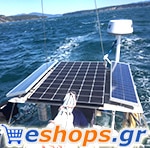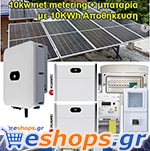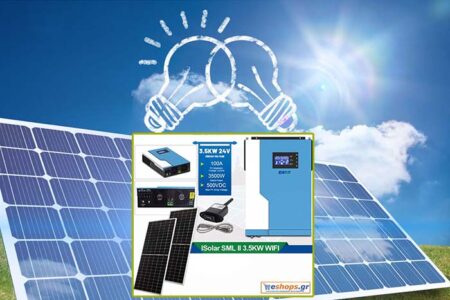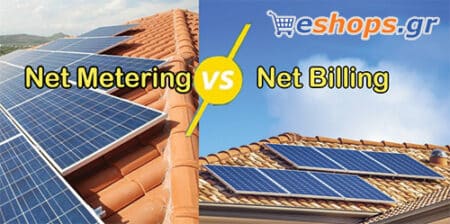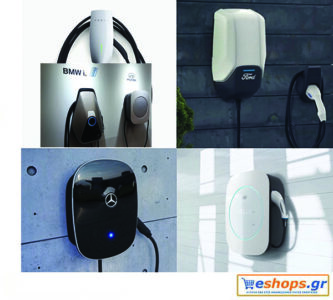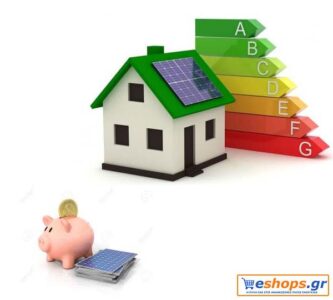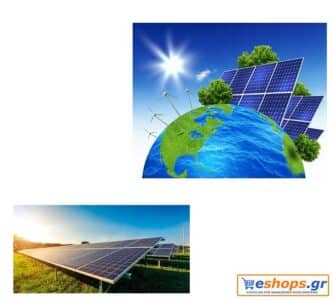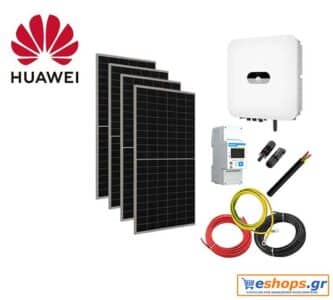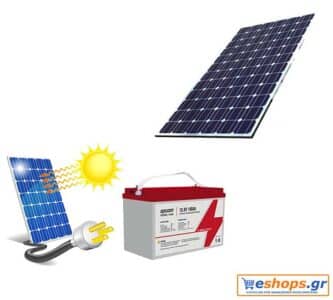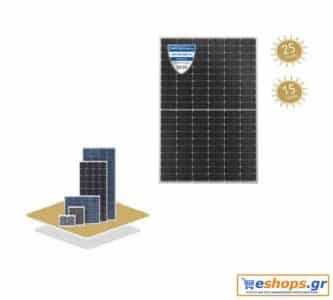Ten things you need to know about wind energy
Ten things you need to know about wind energy:
Η global wind energy grew 17% last year, overtaking nuclear power for the first time, the World Wind Energy Association announced in February. This extremely high growth rate makes people have to pay attention to the kind of attractiveness that this wind energy has, which has made the world race to invest in development environments.
These towering ones wind generators they are also seen on the west coast of Taiwan. Do you know how big and how tall they are? According to the latest statistics from abroad, the rotating diameter of large wind turbine blades (that is, the range swept by the front blades of the fan) averaged nearly 100 meters in 2014, which was 108% larger than before 15 years in 1999. it was only less than 50 meters at that time.
1. People have used the power of the wind to make things for over 4.000 years. The windmills we know from the past are used to pound rice or pump water. It is now used to generate electricity to create more and more useful value.
Ten things you need to know about wind energy2. Modern large wind turbines are not simple, just like a car, they are very complex. It includes subsystems such as blade system, transmission system, power system, control system, etc., which can produce stable and efficient power output only after integration and matching. The total number of internal components exceeds 8.000.
6. How much wind power is installed in Taiwan? There are currently more than 320 large wind turbines with a combined generating capacity of more than 640 gigawatts (640 MW), but less than 1% of the country's electricity production. The current plan is to reach the target of more than 1.000 wind turbines with a capacity of 5,2 gigawatts (5,2 GW) by 2030. The government and manufacturers are actively promoting development and we expect to see a thriving wind industry in Taiwan in the coming years ten years.
7. Wind energy is not an expensive renewable energy source! In 2009, onshore wind power was already very cheap, averaging about NT$2,2 per kilowatt hour. By 2015, the average kWh of electricity was closer to NT$1,50, which is already very close to the current cost of thermal power generation. If the carbon reduction benefits of wind power are taken into account, it is certainly more competitive than thermal power.
So much great information. But in reality, wind power still has some concerns. Let's move on:
8. The wind power it is unstable and uncontrollable. In Taiwan, when there is no wind in the summer, no matter how high or big it is, there is no way to turn it to generate electricity. At this time, you feel a little heroic and useless! Ironically, under the strong winds brought by the northeast monsoon, the demand for electricity consumption is relatively low at this time, but it provides a very large amount of power generation. Very helpless, the wind of nature is not something we can control. This is the first fatal wind energy injury.
9. Is more air better? Actually, it's not very windy. When the wind is strong, power should not be underestimated. Just trying to generate electricity can damage the equipment. So you can see that when the wind is strong or hurricane, the speed usually exceeds 25 meters per second, and these big fans dare not turn and stand still. If you really get excited, it's no joke. Many wind turbines that have collapsed have also proven that there is no good end to movement under strong winds. This is the second unbearably heavy drawback.
10. Does wind power make people sick? I have heard that people who live near wind turbines experience a symptom of wind turbine syndrome. Whether this is due to the loud noise of the wind turbine operation, the low-frequency noise implied in the continuous rotation (not heard but felt by the nerves), the hum of wind shear, or the constantly rotating shadows due to the sun's rays, for the nearby passengers have more or less impact. Although regulations in various countries limit the installation of wind turbines to a fixed range or conditions, even this seems to be a problem for some people. This phenomenon is still unclear, both sides have their own views.










